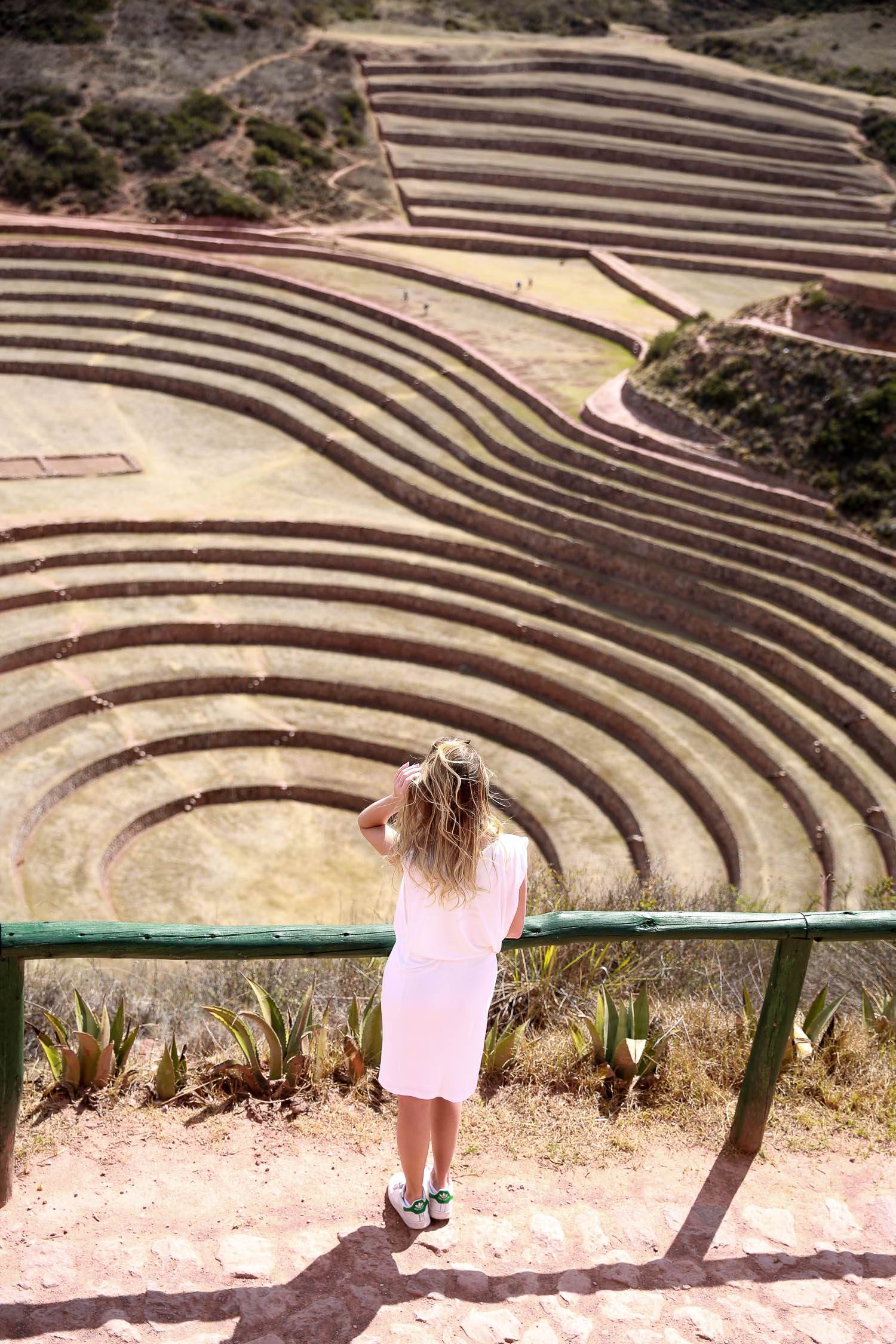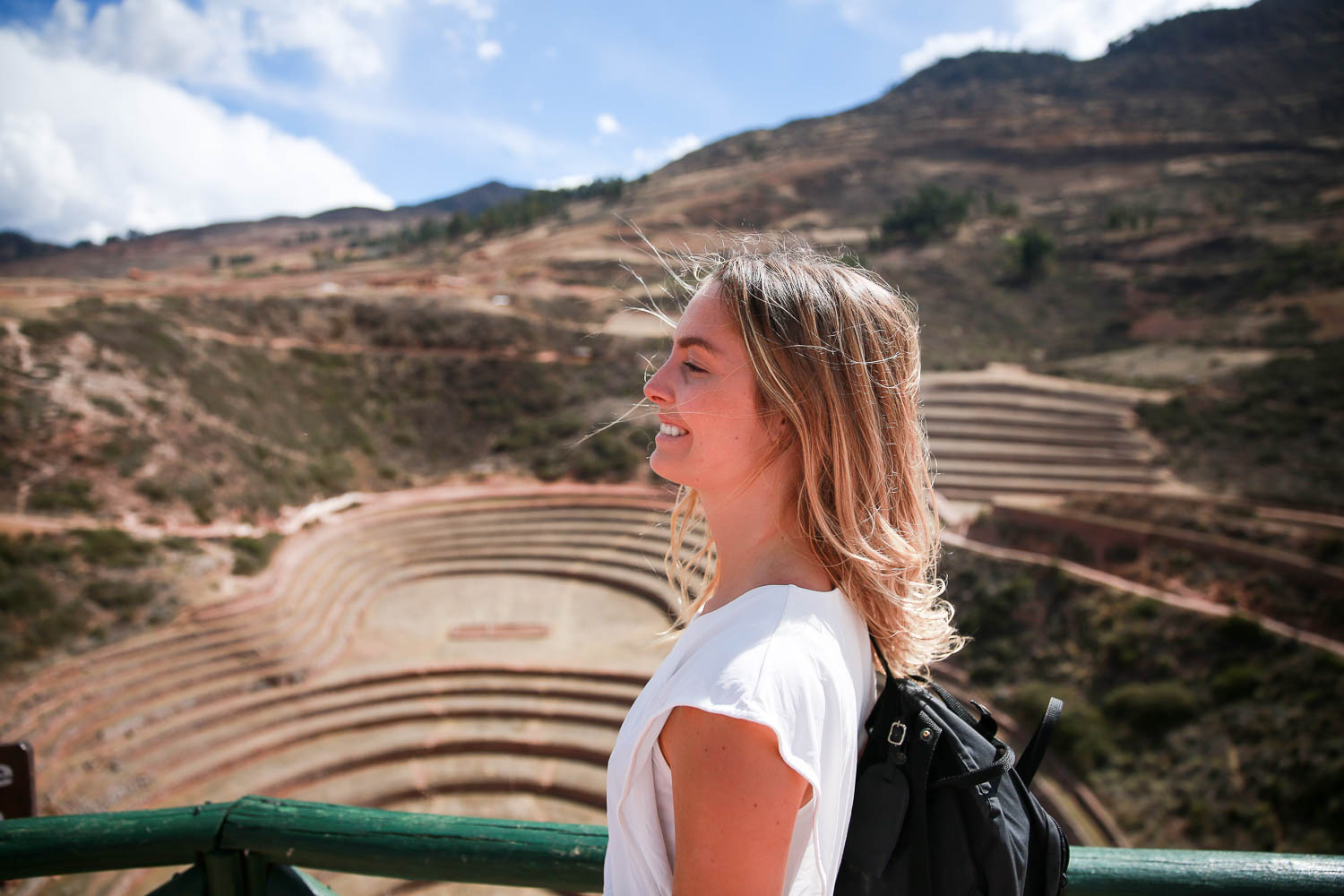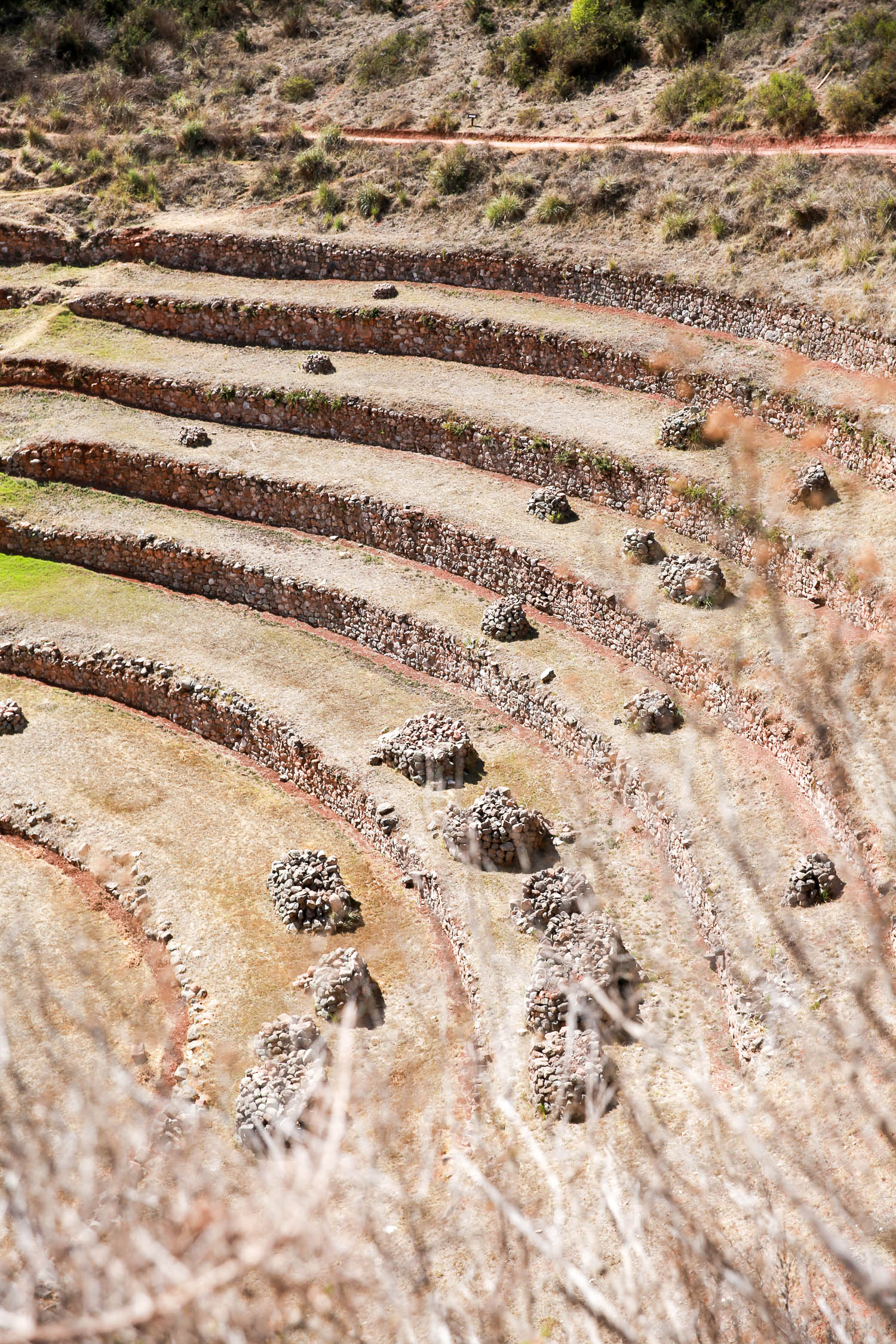After visiting Ollantaytambo, my driver Oscar, my guide Alberto and I drove through the most breathtaking landscape ever, towards Moray. The sky was bright blue with some very decorating white clouds. We made a quick stop to just adore the contrast between the green fields in the valley, the red landscape where we were, and the view of the snow on top of the mountains peaks.
/ Etter å ha besøkt Ollantaytambo, taxi-sjåføren min Oscar, guiden min Alberto og jeg kjørte gjennom det mest fantastiske landskapet jeg har sett på lenge, mot Moray. Himmelen var krysallblå med noen veldig dekorerende hvite skyer. Vi tok et raskt stopp for å bare sitte og nyte kontrasten mellom de grønne åkrene i bunnen av dalen, det røde landskapet hvor vi var, og utsikten over de hvite fjelltoppene.
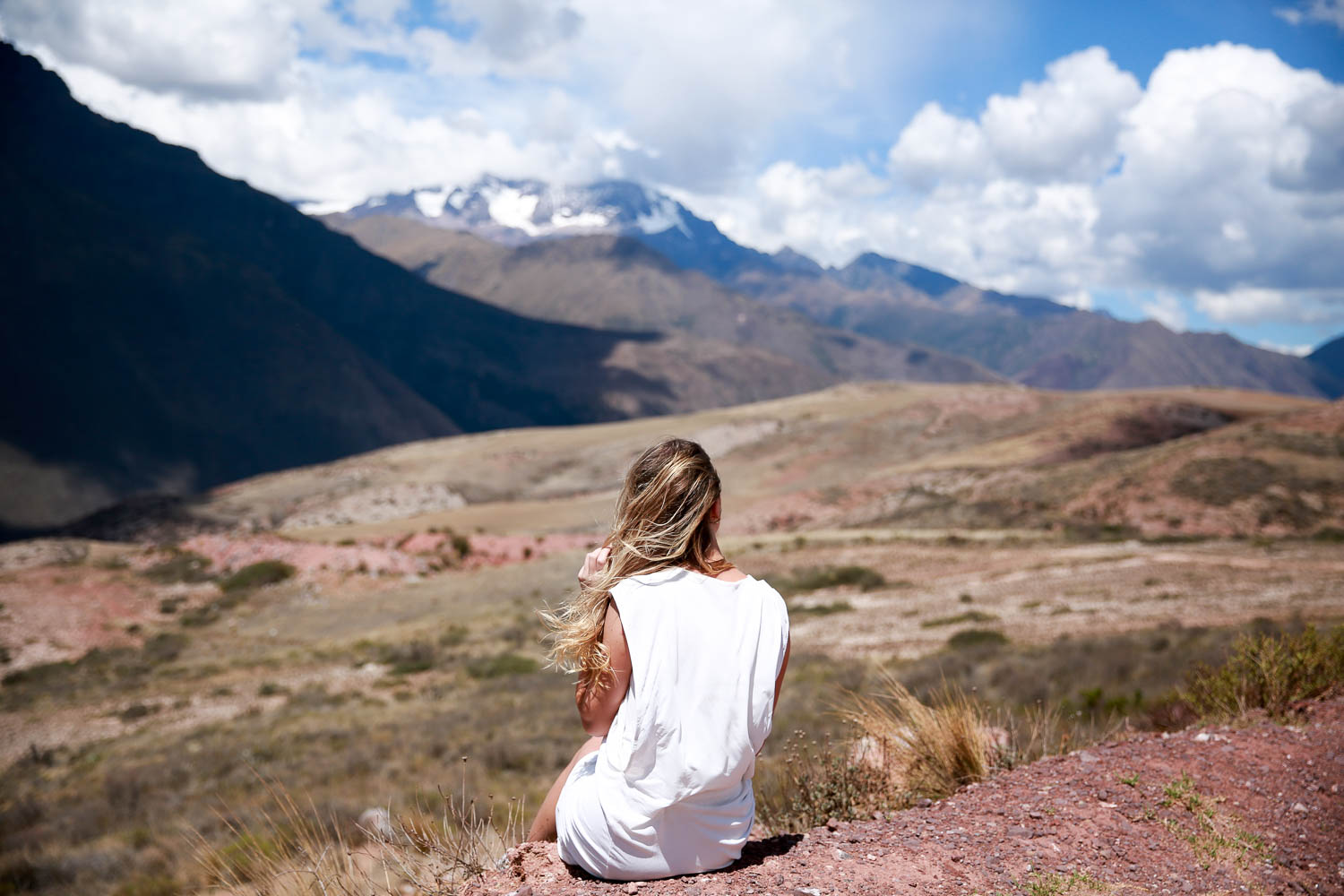
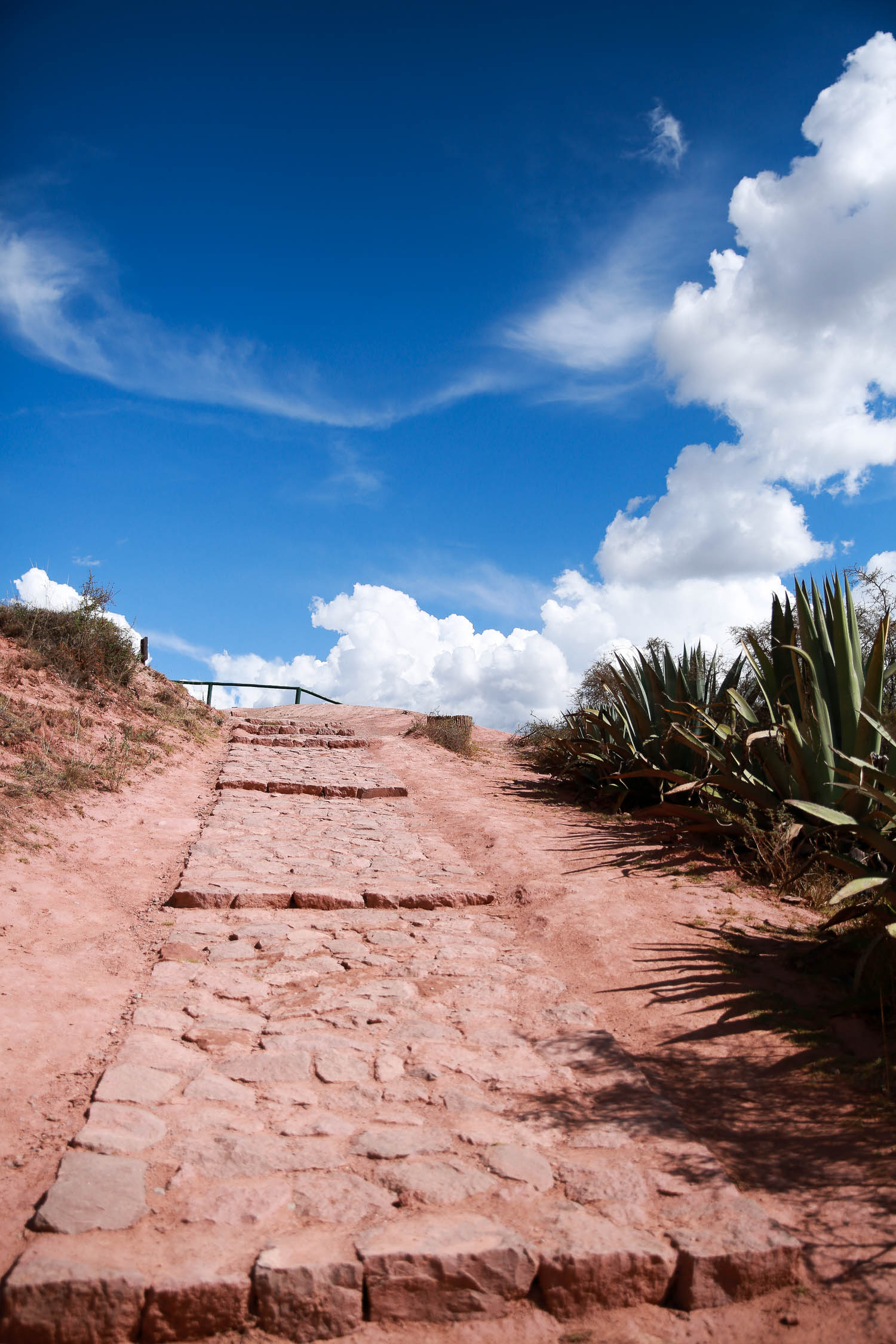
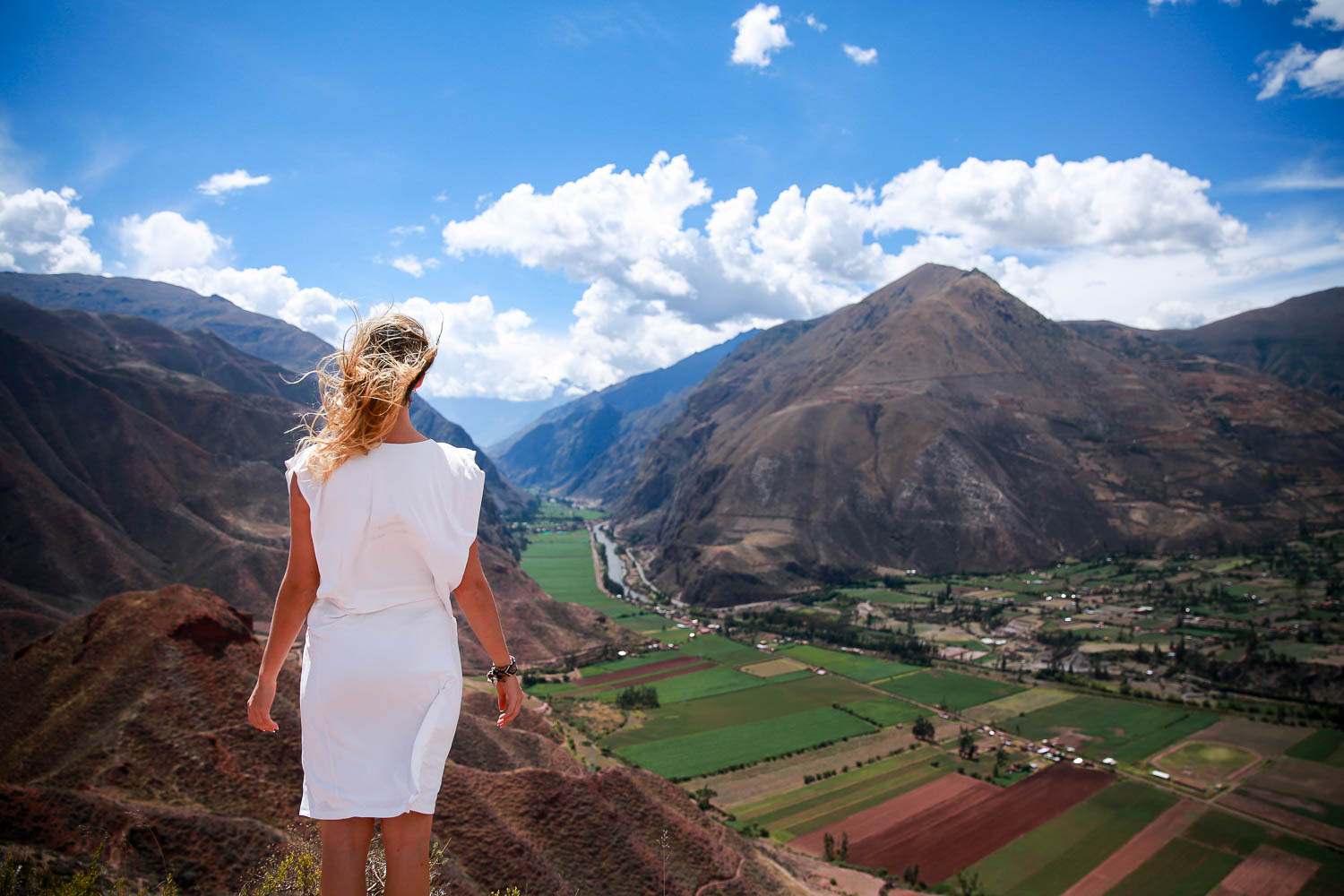
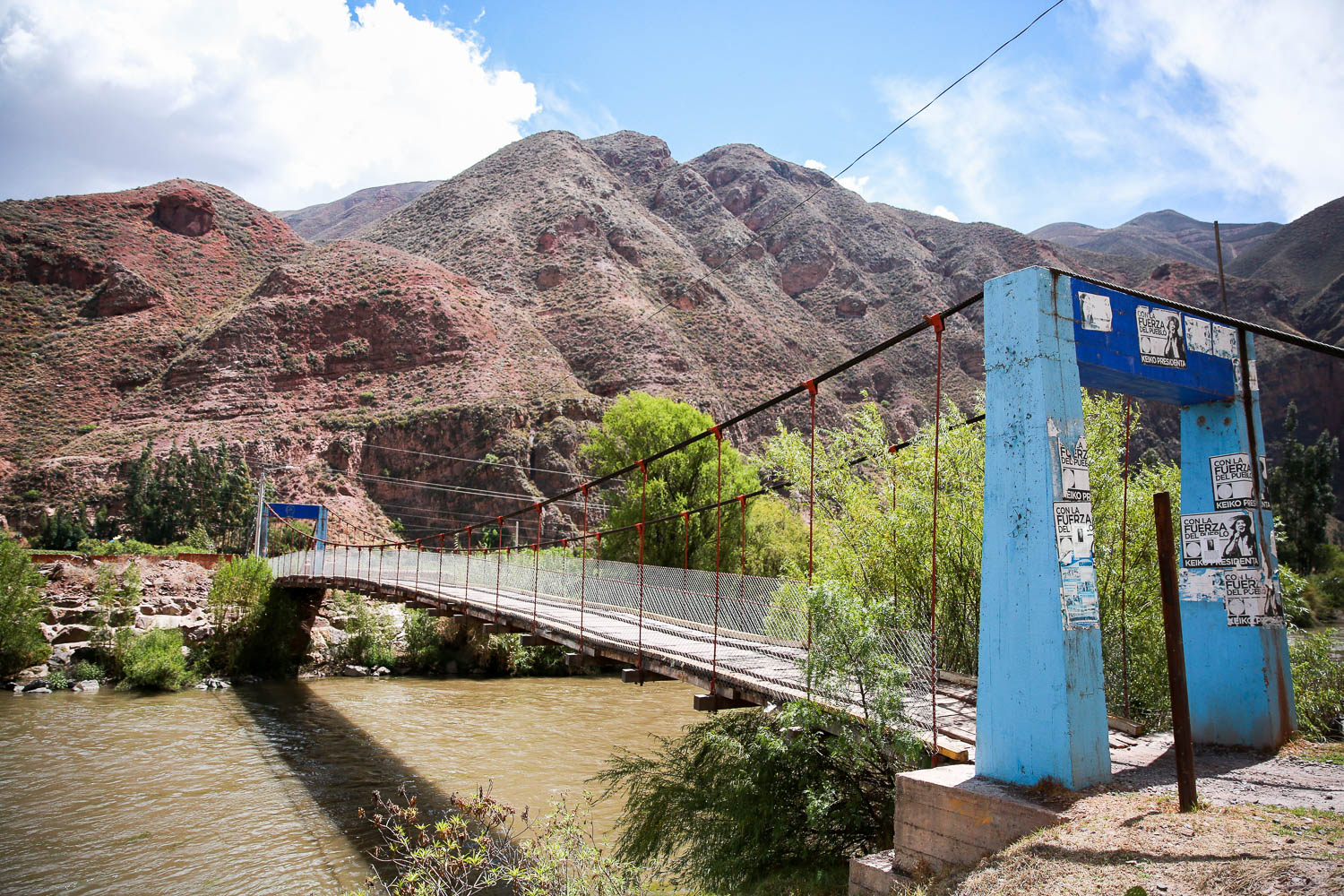
Moray is a visually stunning archaeological site. It is approximately 50 kilometres northwest of Cuzco on a high plateau at about 3,500 metres and just west of the village of Maras. When standing on top and looking down into Moray, I could really enjoy the expanse and the enormity of this site in peace. But what’s the meaning behind it?
/ Moray er visuelt helt utrolig utformet. Man finner Moray ca. 50 km nordvest fra Cuzco på et høyt platå ca. 3,500 meter over havet, og vest for den lille landsbyen Maras. Når jeg sto på toppen og tittet ned i dette vidundret, kunne jeg virkelig nyte hvor enormt det så ut. Det ga meg en slags ro i sjelen å bare titte ned. Men hva er egentlig meningen bak det?


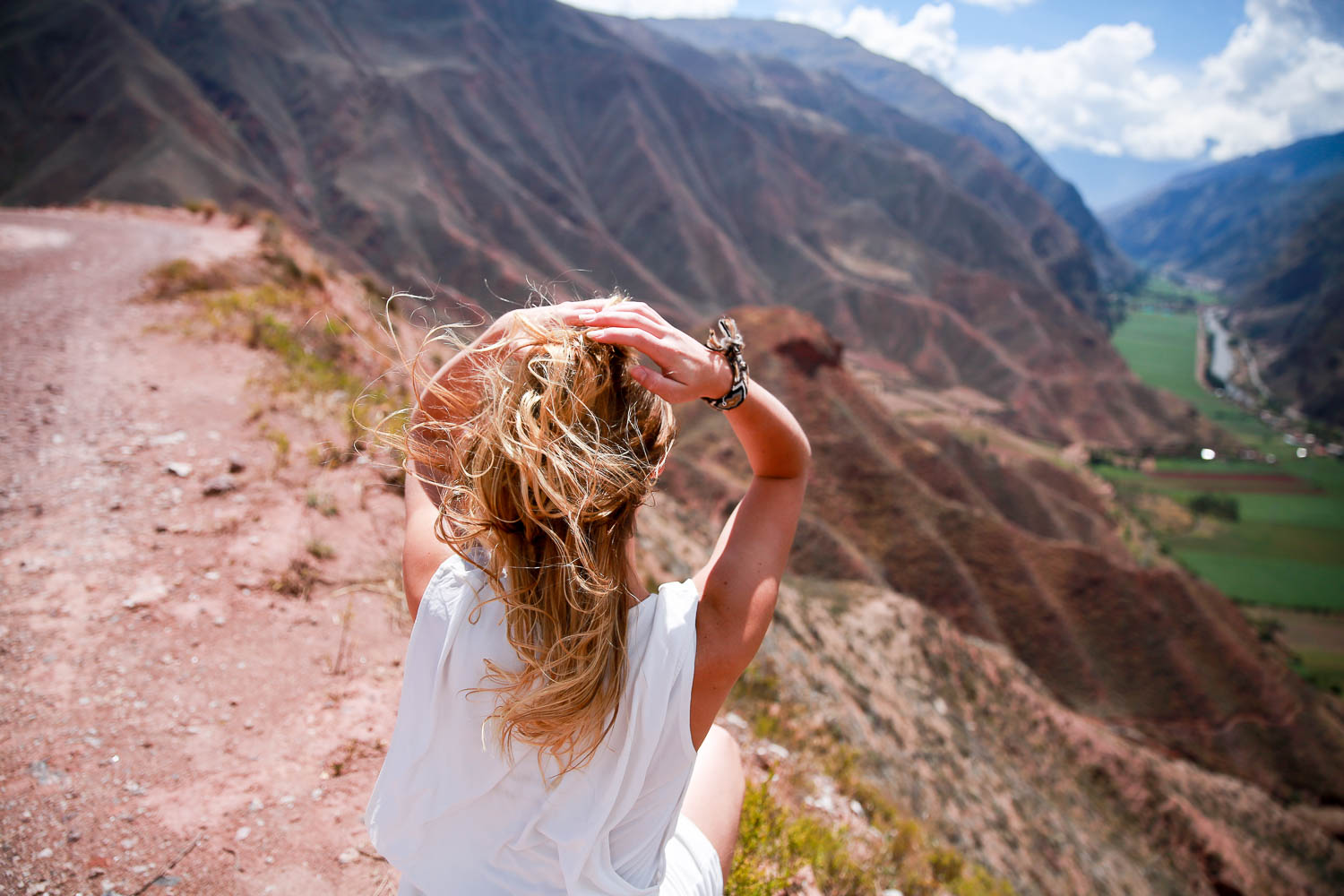
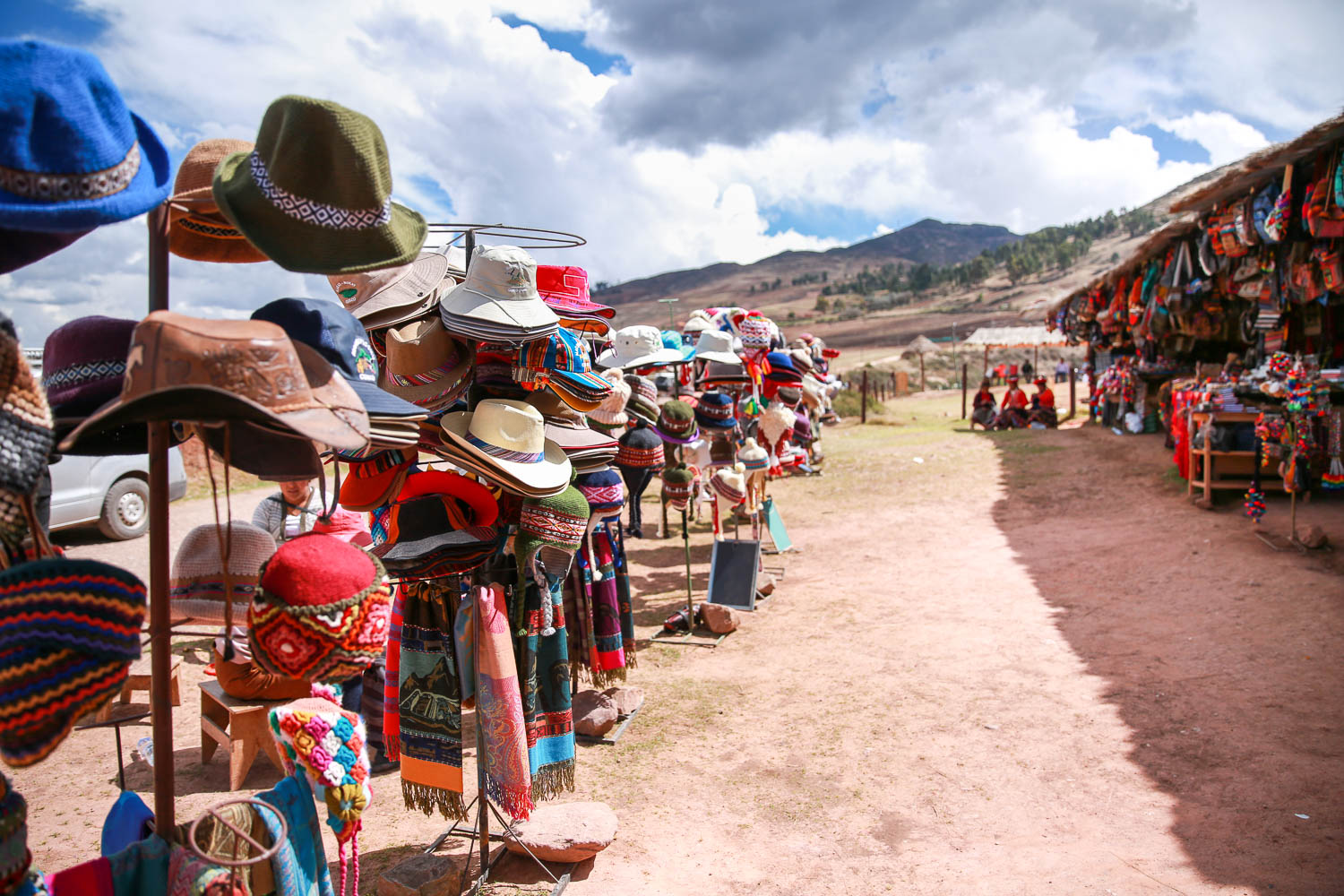
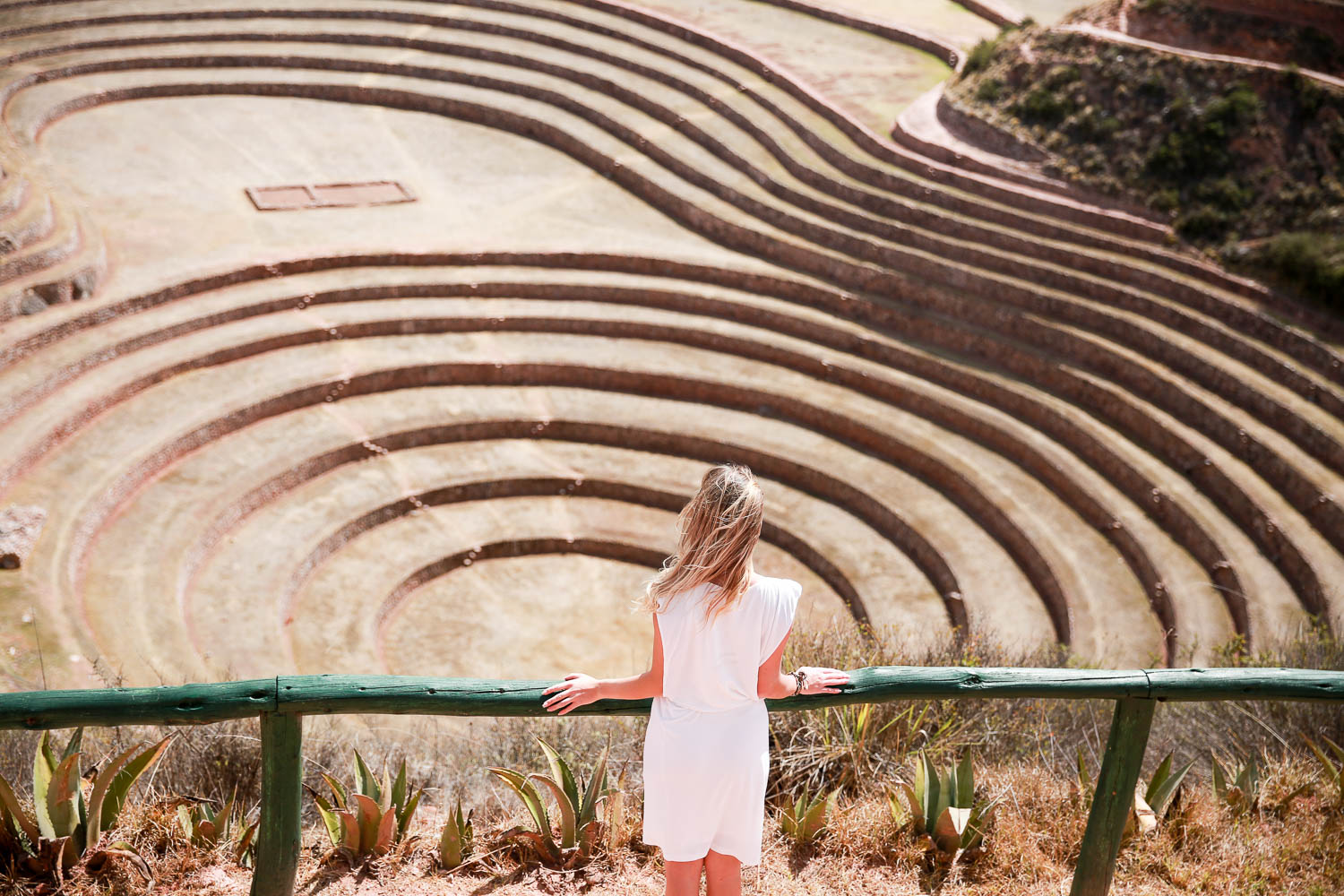
The deep bowl shaped hollows of Moray look like a Roman amphitheater. They are circular in shape and have stair like terraces climbing up to the valley floor above. The full purpose behind these concentric terraces isn’t fully known. However, it is widely believed that the ruins were once an agricultural laboratory used by the Incas. The circular terraces that lie here are thought to have been used as an agricultural research station. Their depth, design, and their orientation with regard to the sun and wind are all telltale signs that they have a specific purpose.
/ Moray’s dype skålformede huler ser ut som et romersk amfiteater. De er sirkulære i formen og har trappetrinn som terrasser. Hensikten med disse konsentriske terrassene er ikke fullt kjent. Det er imidlertid allment antatt at ruinene en gang var et landbrukslaboratorium som ble brukt av Inkaene. De sirkulære terrassene antas å ha blitt brukt som landbruksforskningsstasjon. Deres dybde, design og deres orientering med hensyn til sol og vind er alle telltale tegn på at de har et bestemt formål.
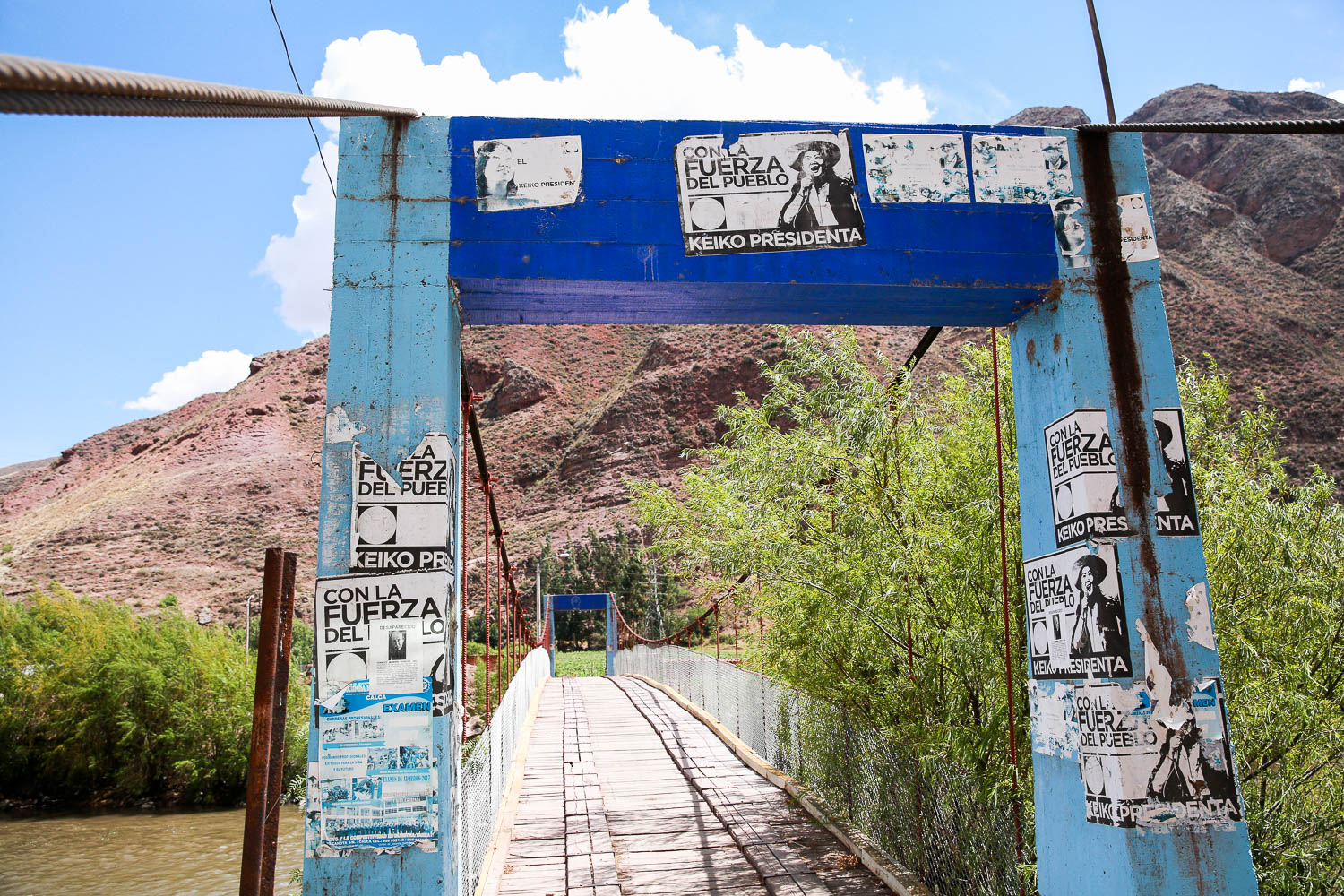

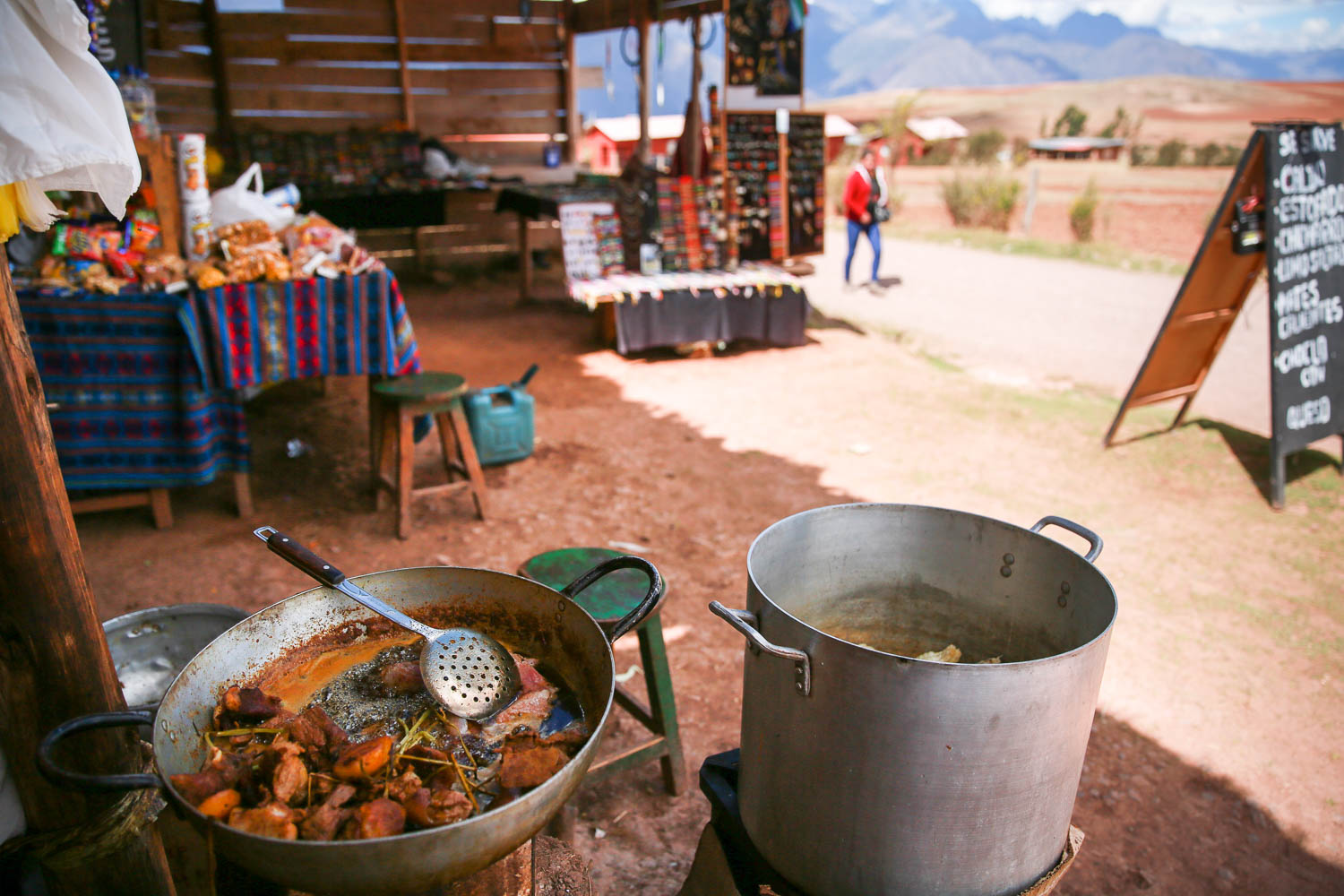
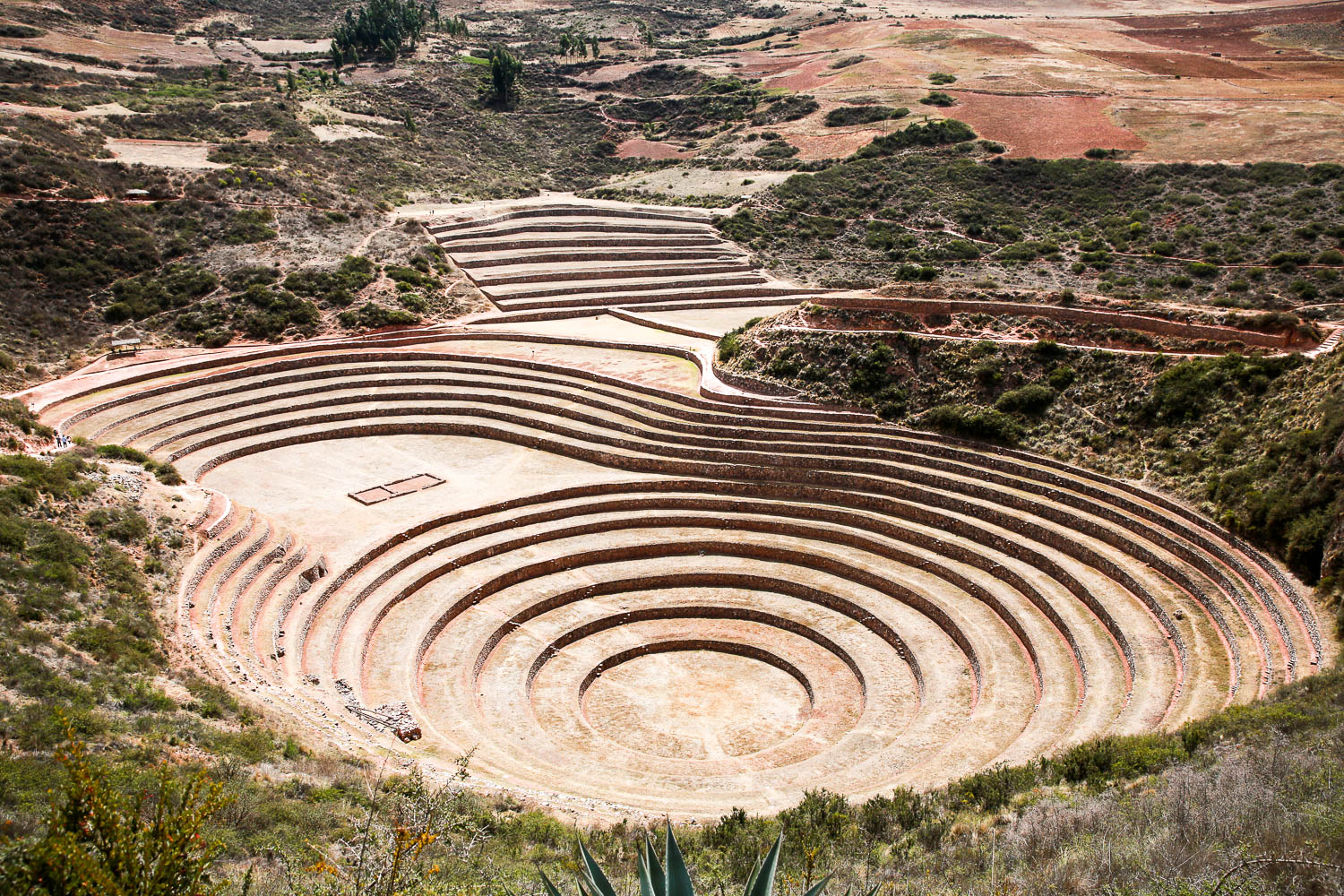
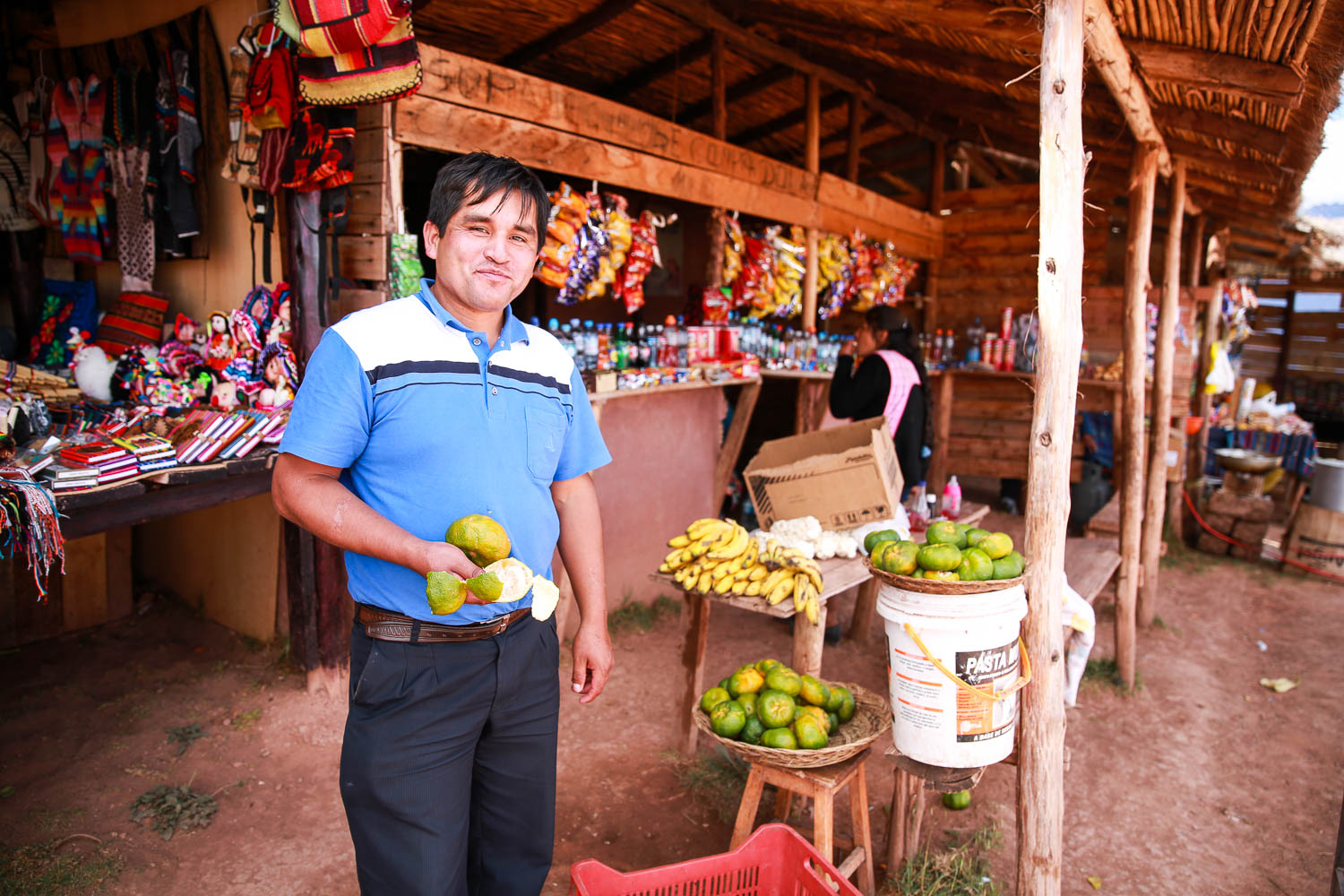
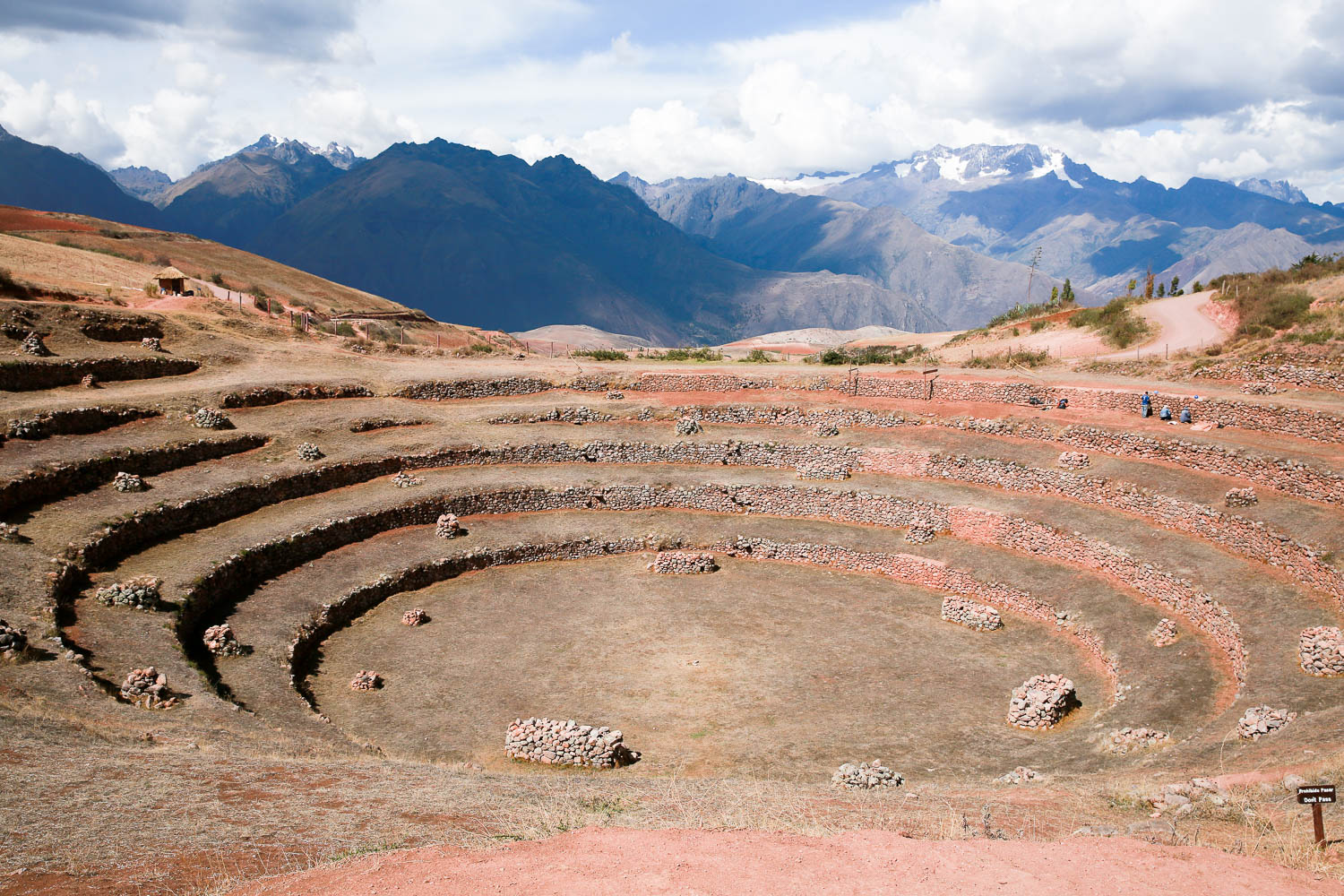
Because of the different conditions at each level of the terraces there is a difference in temperature of 15 °C (27°F) from the top to the bottom. It is thought that the Incas used the terraces and the different temperatures to test crops and experiment with them. The different micro climates at the different levels allowed them to study wild vegetation. They used hybridization and modification to adapt crops to make them suitable for human consumption. Peru is famous for its many variations of potato. This is down to the Incas. They experimented and played around with science. And now Peru has more than 2,000 varieties of potato.
/ På grunn av de forskjellige forholdene på hvert nivå på terrassene er det en temperaturforskjell på 15 ° C fra topp til bunn. Det antas at inkaene brukte terrassene og de forskjellige temperaturene for å teste avlinger og eksperimentere med dem. De forskjellige mikroklimatene på de forskjellige nivåene tillot dem å studere vill vegetasjon. De brukte hybridisering og modifikasjon for å tilpasse avlinger for å gjøre dem egnet til bruk. Peru er kjent for sine mange varianter av poteter. Dette er kanskje på grunn av Inkaene. De eksperimenterte og spilte med vitenskapen. Og nå har Peru mer enn 2000 varianter av potet!
